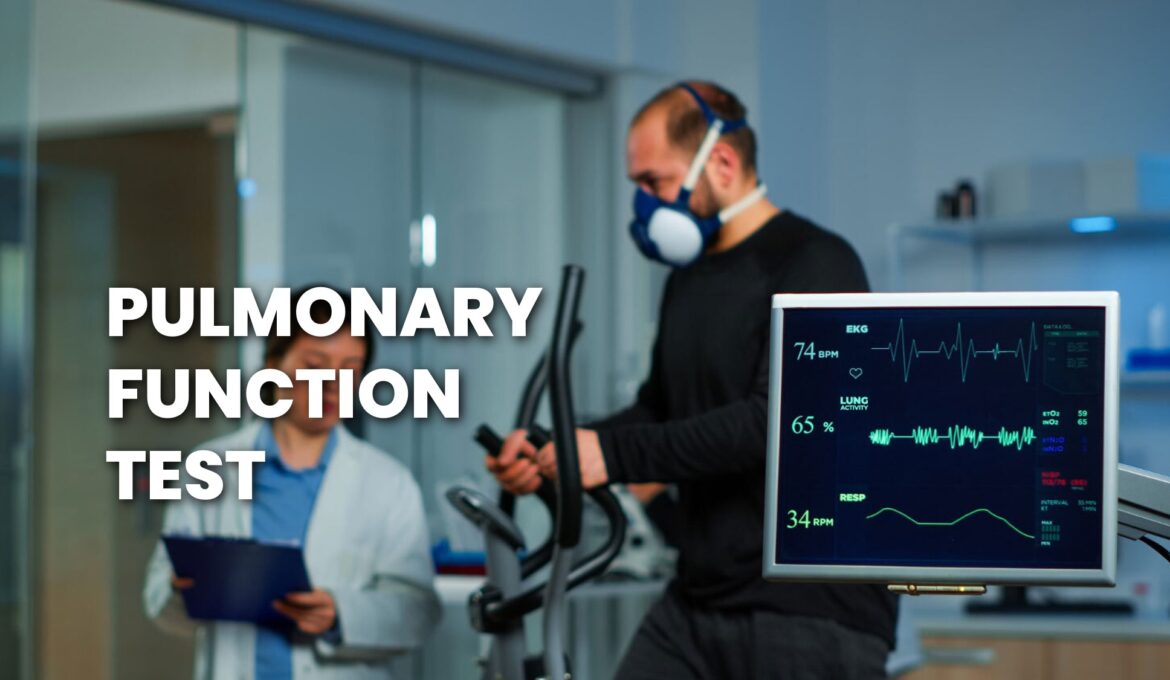
What is a Pulmonary Function Test (PFT)?
Pulmonary function tests (PFTs) are non-invasive tests that tells how well the lungs are working. This information can help your healthcare provider diagnose and decide the treatment of certain lung disorders.
Why might I need pulmonary function tests?
There are many different reasons why pulmonary function tests (PFTs) may be done. They are sometimes done in healthy people as part of a routine physical check-up or to diagnose you with a health problem such as:
Allergies
Trouble breathing from injury to the chest or a recent surgery
Chronic lung conditions, such as asthma, bronchiectasis, emphysema, or chronic bronchitis
Restrictive airway problems from scoliosis or scarring of the lungs
Scleroderma, a disease that causes thickening and hardening of connective tissue
What are the different types of Pulmonary function testing?
Pulmonary function tests are used to assess your lung function or capacity. The tests will be performed at rest or during exercise. The different Pulmonary function tests include:
Spirometry
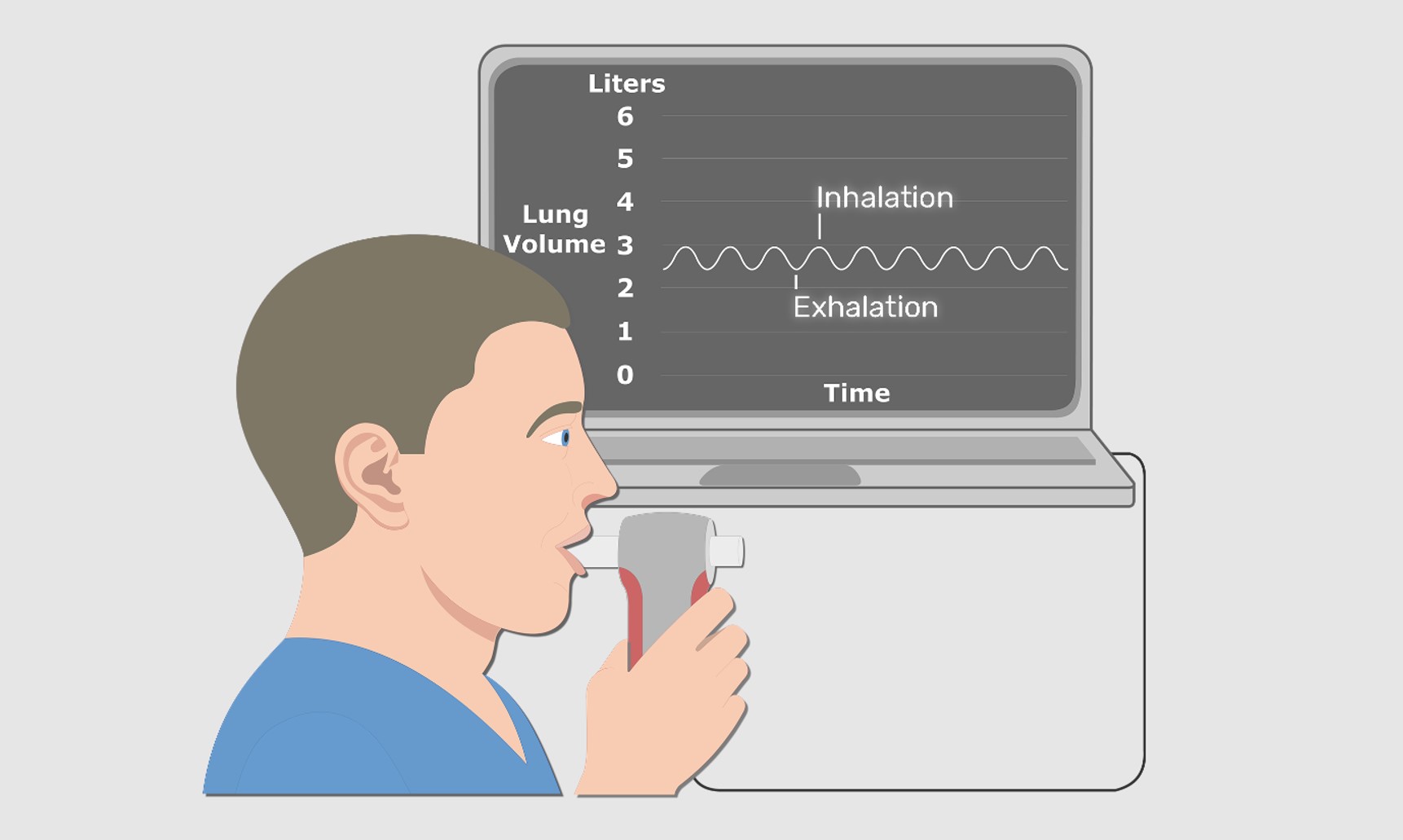
This is a very basic breathing test to assess the amount of air you inhale and exhale as a function of time. It also calculates the speed (flow) of air that can be inhaled or exhaled. The test itself involves normal and deep breaths as well as breathing out as hard as you can into a tube with a sensor for measurement.
Lung Volumes
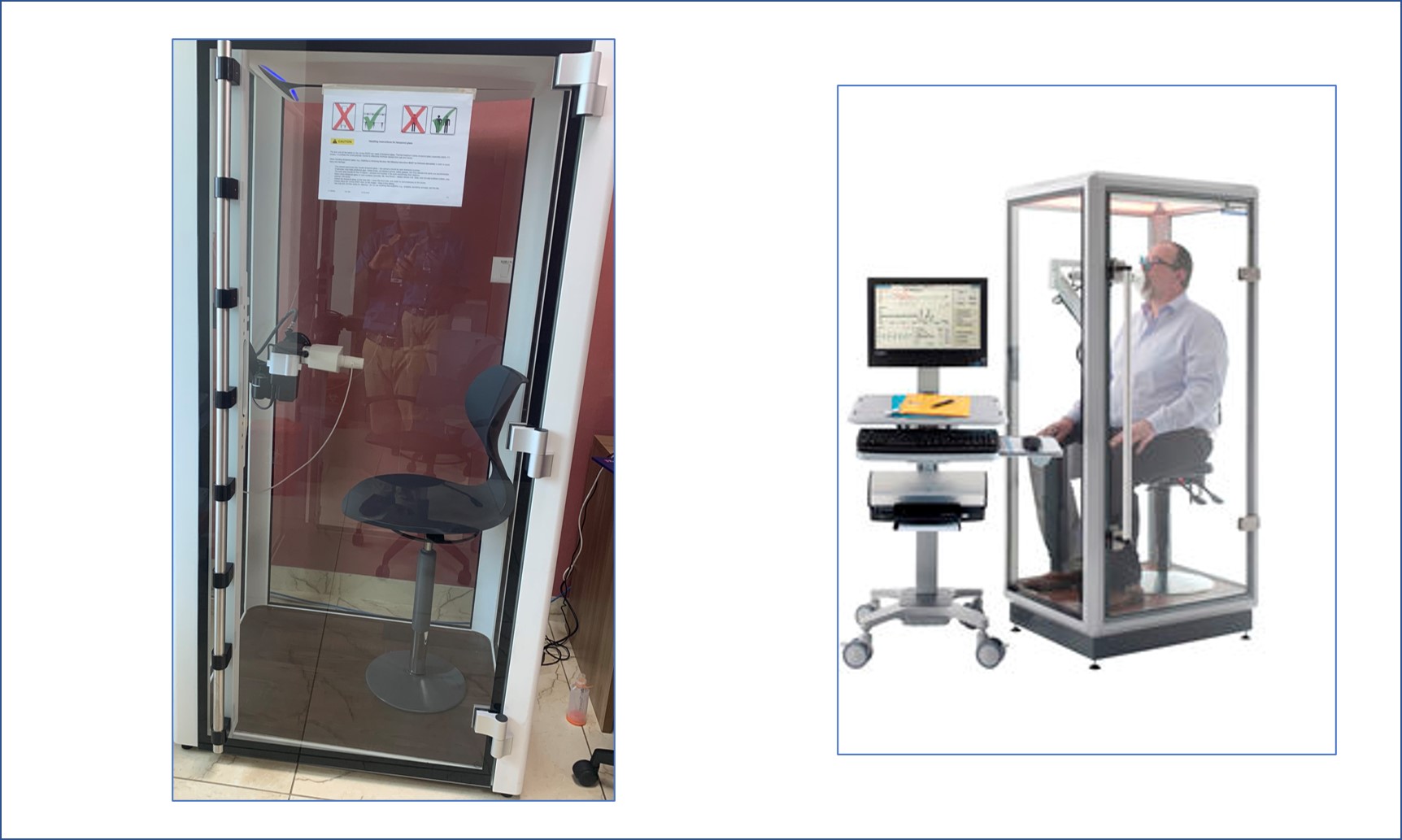
This test measures the volume of air in the lungs at different phases of the breathing cycle. It is performed using a machine called the plethysmograph. You are seated during the test and will be asked to breathe in and out and sometimes to pant. The test is particularly helpful in distinguishing between restrictive lung diseases such as pulmonary fibrosis and obstructive lung diseases such as asthma.
Gas Exchange Testing (DLCO)
This test measures the extent to which oxygen passes from the air sacs of the lungs to the blood. The test is important in assessing many different lung diseases and involves normal and deep breathing as well as holding your breath briefly.
Inspiratory and Expiratory Muscle Pressures (PI and PE max)
These tests specifically assess the pressures that can be generated by the respiratory muscles and are important in evaluation of possible neuromuscular disease.
Cardiopulmonary Exercise Testing
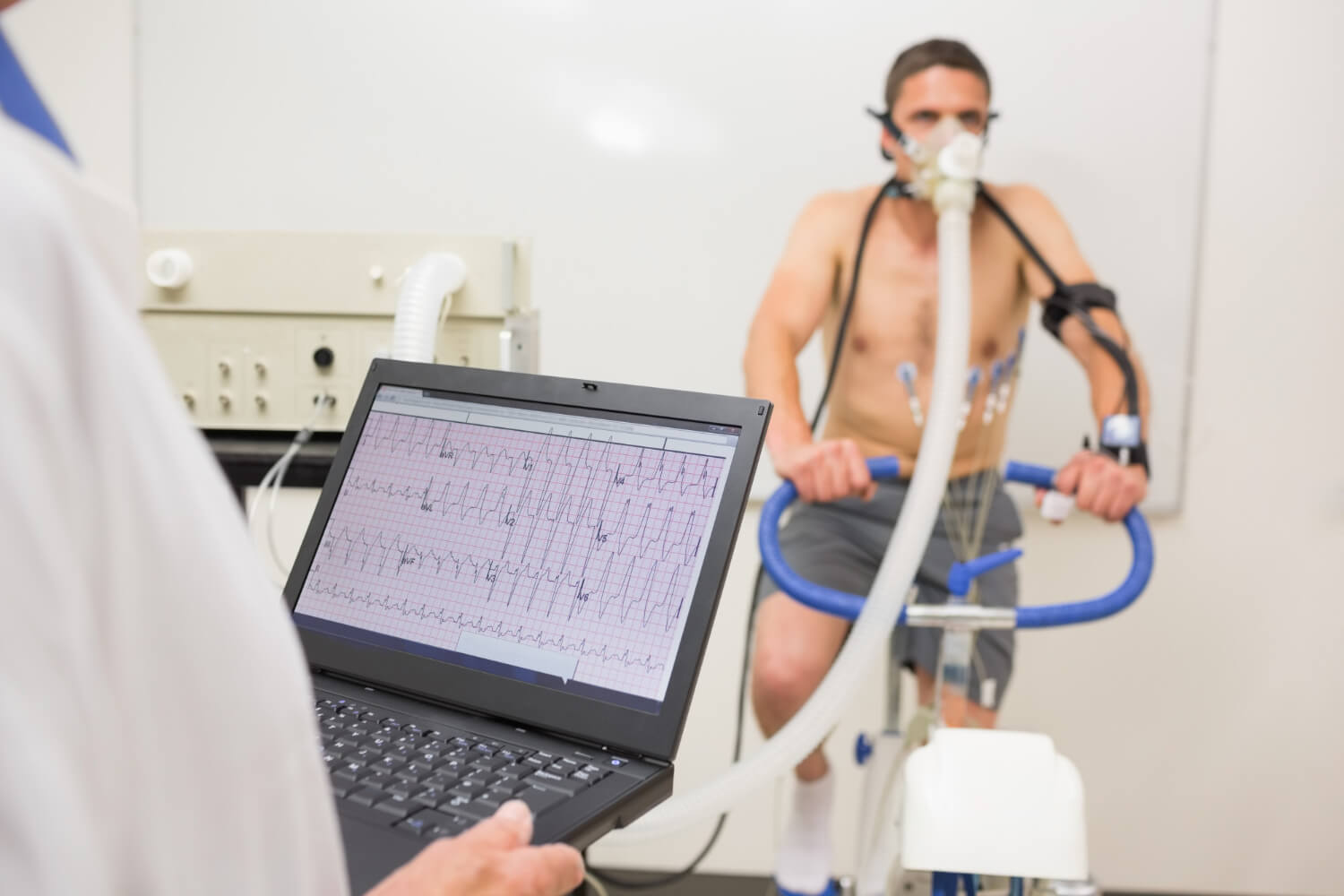
This is a test that assesses your exercise capacity. In most cases you will be asked to ride a stationary bicycle and we will monitor your heart and lung function at rest, during a warm up phase, during a short period of exercise and during “recovery” when you are no longer peddling. The test is extremely helpful in evaluating causes of shortness of breath or decreased exercise tolerance.
Fractional Exhaled Nitric Oxide (Feno)
This test assists in the diagnosis and management of a variety of lung diseases but particularly in the assessment of allergic asthma. Nitric oxide is produced in the breathing passages and is a marker of allergic inflammation. The test takes about one minute to perform and involves breathing out first, then taking a deep breath and exhaling at a slower, constant rate.
Impulse Oscillation or Forced Oscillation Testing (IOS)
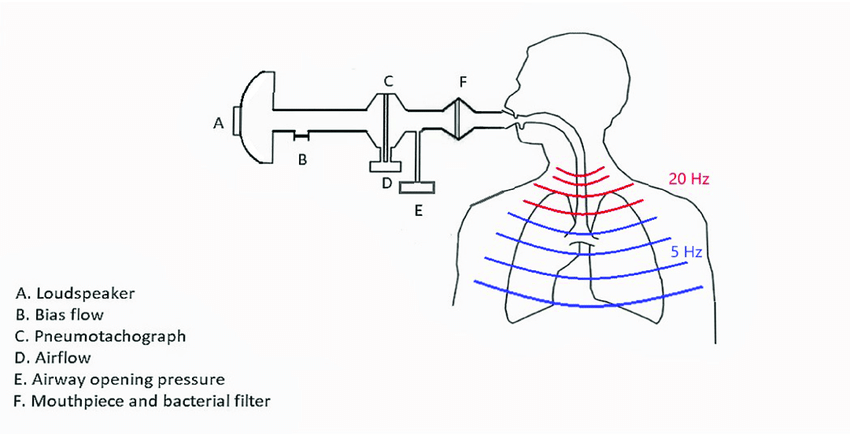
This is a relatively new test that assesses how narrow your airways are by measuring airway resistance. The test can distinguish between the resistance of the large and small airways and can also measure the stiffness of your lungs. The test requires that you breathe in and out quietly for 30 seconds at a time. This test is easier to perform than spirometry and can even be done in young children.


